|
|

 No
one
is
really
sure
just
how
long
people have been practicing the art
and science of making this wonderful product from the sap of a tree.
However, there are two basic schools of thought about the origin of
maple syrup. No
one
is
really
sure
just
how
long
people have been practicing the art
and science of making this wonderful product from the sap of a tree.
However, there are two basic schools of thought about the origin of
maple syrup.
The first group identifies with Native American legend and lore that
maple syrup and maple sugar was being made before recorded history.
Native Americans were the first to discover 'sinzibuckwud', the
Algonquin (a Native American tribe) word for maple syrup, meaning
literally 'drawn from wood'.
The Native Americans were the first to recognize the sap as a source of
energy and nutrition. They would use their tomahawks to make V-shaped
incisions in the trees. Then, they would insert reeds or concave pieces
of bark to run the sap into buckets made from birch bark. Due to the
lack of proper equipment, the sap was slightly concentrated either by
throwing hot stones in the bucket, or by leaving it overnight and
disposing with the layer of ice out which had formed on top. It was
drunk as a sweet drink or used in cooking. It is possible that
maple-cured bacon began with this process.
Before the advent of Europeans, the Natives used clay pots to boil
maple sap over simple fires protected only by a roof of tree branches.
This was the first version of the sugar shack. Over the years, this
evolved to the point where the sugar shack is not only a place where
maple syrup is produced, but also a gathering place where a traditional
meal can be enjoyed.
 However,
some historians maintain that the Natives did not have the technology
or tools to perform the necessary boiling of sap to make either product
let alone both. However,
some historians maintain that the Natives did not have the technology
or tools to perform the necessary boiling of sap to make either product
let alone both.
The first white settlers and fur traders introduced wooden buckets to
the process, as well as iron and copper kettles. In the early days of
colonization, it was the Natives who showed French settlers how to tap
the trunk of a tree at the outset of spring, harvest the sap and boil
it to evaporate some of the water. This custom quickly became an
integral part of colony life and during the 17th and 18th centuries,
syrup was a major source of high quality pure sugar. Later, however,
they would learn to bore holes in the trees and hang their buckets on
home-made spouts.
Maple Sugar production was especially important due to the fact that
other types of sugar were hard to find and expensive. It was as common
on the table as salt is today.
Even if production methods have been streamlined since colonial days,
they remain basically the same. The sap must first be collected and
distilled carefully so that you get the same totally natural, totally
pure syrup without any chemical agents or preservatives.
Early maple syrup was made by boiling 40 gallons of sap over an open
fire until you had one gallon of syrup. This was both time consuming
and labor intensive, especially considering that the sap needed to be
hauled to the fire in the first place.
The process underwent little change over the first two hundred years of
recorded maple making. However, during the Civil War, the tin can was
invented. The tin can was made of sheet metal. It didn’t take syrup
makers long to realize that a large flat sheet metal pan was more
efficient for boiling than a heavy rounded iron kettle which let much
of the heat slide past.
 Virtually
all syrup makers in the past were self sufficient dairy farmers who
made syrup and sugar during the off season of the farm for their own
use and for extra income. These farmers were, and continue to be, folks
who look at a process and say to themselves, 'There
has
to
be
a
faster,
more
efficient,
easier way to do this.'
Then,
in
approximately
1864,
a Canadian borrowed some design ideas from
sorghum (what us northerners call molasses) evaporators and put a
series of baffles in the flat pans to channel the boiling sap. The
ideas continued to flow. In 1872 a Vermonter developed an evaporator
with two pans and a metal arch or firebox which greatly decreased
boiling time. Seventeen years later, in 1889, another Canadian bent the
tin that formed the bottom of a pan into a series of flues which
increased the heated surface area of the pan and again decreased
boiling time. Virtually
all syrup makers in the past were self sufficient dairy farmers who
made syrup and sugar during the off season of the farm for their own
use and for extra income. These farmers were, and continue to be, folks
who look at a process and say to themselves, 'There
has
to
be
a
faster,
more
efficient,
easier way to do this.'
Then,
in
approximately
1864,
a Canadian borrowed some design ideas from
sorghum (what us northerners call molasses) evaporators and put a
series of baffles in the flat pans to channel the boiling sap. The
ideas continued to flow. In 1872 a Vermonter developed an evaporator
with two pans and a metal arch or firebox which greatly decreased
boiling time. Seventeen years later, in 1889, another Canadian bent the
tin that formed the bottom of a pan into a series of flues which
increased the heated surface area of the pan and again decreased
boiling time.
For the most part technology stayed at this point for almost another
century, until the 1960’s, when it was no longer a self sufficient
enterprise with large families as farm hands. Because syrup making is
so labor intensive a farmer could no longer afford to hire the large
crew it would take to gather all the buckets and haul the sap to the
evaporator house. During the energy crunch of the 1970’s, syrup makers
responded with another surge of technological breakthroughs. Tubing
systems, which had been experimented with since the early part of the
century, were perfected and the sap came directly from the tree to the
evaporator house. Vacuum pumps were added to the tubing systems.
Pre-heaters were developed to "recycle" heat lost in the steam.
Reverse-osmosis filters were developed to take a portion of water out
of the sap before it was boiled. Several producers even obtained
surplus desalinization machines from the U.S. Navy and used them to
take a portion of water out of the sap prior to boiling. In fact, one
is still in use by a producer South-East of Grand Rapids, Michigan.
 History is
nothing without our learning lessons from it. Today the technological
developments continue. Improvements continue in tubing. Similarly, new
filtering techniques, "supercharged" preheaters, and better storage
containers have been developed. Research continues on pest control and
improved woodlot management. History is
nothing without our learning lessons from it. Today the technological
developments continue. Improvements continue in tubing. Similarly, new
filtering techniques, "supercharged" preheaters, and better storage
containers have been developed. Research continues on pest control and
improved woodlot management.
If
It's
Not From The Forest, It's Not
Wild!
Mike Poulin,
|
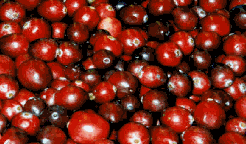
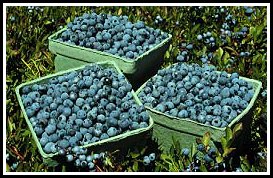

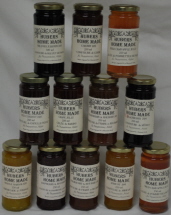
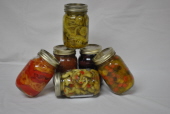
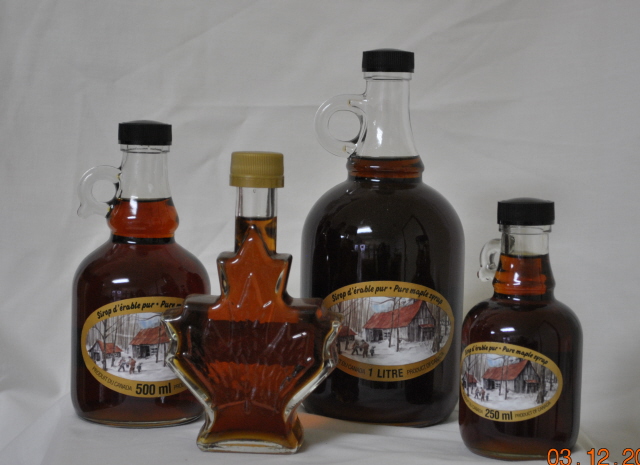
|
|